Around the globe, people now engage with media content across multiple platforms, following stories, characters, worlds, brands and other information across a spectrum of media channels. This transmedia phenomenon has led to the burgeoning of transmedia…
Get Started for FREE
Sign up with Facebook Sign up with X
I don't have a Facebook or a X account
 Your new post is loading... Your new post is loading...
 Your new post is loading... Your new post is loading...

The Digital Rocking Chair's curator insight,
May 30, 2015 4:08 AM
Rick DeMott: "The tremendous success of LEGO’s storytelling and world-building can be seen in toys, games, TV, movies and even fan fiction."

The Digital Rocking Chair's curator insight,
April 17, 2015 3:56 PM
Simon Pont: "Rather than brands as jarring interlopers within a story, we must explore how they can facilitate the creation of entertainment, and even enhance the content being made."

The Digital Rocking Chair's curator insight,
June 17, 2014 2:06 AM
Sam Gutelle: "Pemberley Digital has established itself as a leader in transmedia YouTube entertainment. [...] With its latest transmedia tie-tin, Pemberley is leveraging its uniquely dedicated fanbase for a good cause."

The Digital Rocking Chair's curator insight,
April 2, 2014 11:57 PM
Mona Shattell: "How does one go about an interdisciplinary project spanning art and science? How might this look? we set out to explore how mental health advocacy, video game design, and documentary filmmaking could come together to enhance understanding and fight stigma about mental illness."

Bill L Watson's curator insight,
February 16, 2015 10:03 PM
Was talking about this yesterday. Good insights.

The Digital Rocking Chair's curator insight,
November 27, 2013 2:31 PM
Frank Rose: "For a couple of years now, “transmedia” has been the buzzword most people use to define storytelling in the digital age" ...

The Digital Rocking Chair's curator insight,
July 5, 2013 2:27 AM
"The creative mind behind multiple blockbuster franchises, Vin Diesel builds story worlds" ... a fascinating article from Caitlin Burns.

Dr. Pamela Rutledge's comment,
May 27, 2013 4:26 AM
LucaVanin - It can have the same connotation of untruth in the west; just depends on context (and who's paying!) In Entertainment, of course, no one worries about superficial truth. Even (especially?) in Reality TV. What matters is the universal truth that stories can deliver. That is the real litmus test of truth.

Dolly Bhasin 's curator insight,
June 1, 2013 1:06 AM
Excellent article, a must ready for digital story tellers of the 21st century! 
Gav Morris's curator insight,
June 18, 2013 3:10 AM
Interesting tool that could be adapted, I guess... |

Simon Staffans's curator insight,
September 29, 2016 4:20 AM
"The genie is out of the bottle and can never be returned" Good stuff from Andrea.

The Digital Rocking Chair's curator insight,
April 23, 2015 3:34 PM
Barry Joseph: "When my 8-year-old son typed “epic headshop at 31;65” into the command prompt, I realized the Minecraft I knew was dead. In its place something new had emerged. If I wanted to keep using it as a vehicle for advancing learning goals, it was high time for a serious reevaluation." 
Minna Kilpeläinen's curator insight,
May 3, 2015 4:05 PM
Barry Joseph: "Transmedia play “involves experimentation with and participation in a transmedia experience, but also applies to media that has no storyline, such as open-ended video games.” Open-ended games like Minecraft."

The Digital Rocking Chair's curator insight,
April 13, 2015 2:45 PM
Keith Barclay: "Starlight Runner’s Jeff Gomez talked transmedia at the recent edition of FILMART in Hong Kong. After headlining the event’s T for Transmedia conference session, the world’s #1 exponent of successful transmedia campaigns sat down for a chat with SCREENZ about his work."
Jahmila Canale's curator insight,
April 18, 2015 7:38 AM
Una nueva manera de ver la comunicación. Encontrado en sugerencias. 
Jo Campbell's curator insight,
April 19, 2015 11:41 PM
The use of transmedia and platforms in teaching

Cheryl Frose's curator insight,
June 12, 2014 6:03 PM
Transmedia, a broad descriptive word that literally translated means “across media” and encompasses many strategies that transverse industries, is generally regarded as the use of multiple media platforms to tell a story or story experience. Though the word “transmedia” is thought to have entertainment franchise origins, its adaptation for education purposes is both valuable and becoming more and more common. While teachers like Sansing are using coding and programming in their language arts instruction, others are taking advantage of increasingly sophisticated apps and interactive media for classroom use. 
David Collet's curator insight,
June 12, 2014 9:28 PM
I guess this another favorite topic for me. Imagine using transmedia to teach maths and include cross over language components. After all maths has a language of its own.

The Digital Rocking Chair's curator insight,
March 24, 2014 9:43 PM
"Essential tips from the transmedia producer [Jay Bushman] of online video phenomenon The Lizzie Bennet Diaries!"

The Digital Rocking Chair's curator insight,
February 9, 2014 11:53 PM
Pitching plays an important part in getting creative works off the ground. Alex Alexander, connected entertainment officer (CEO) and founder of FourTwelve (412) in Australia, shares some tips for crafting a successful pitch with Transmedia NZ's Fiona Milburn. 
Peter (PJ) Fulcher-Meredith's curator insight,
February 10, 2014 5:47 PM
What a great little model/template for not only pitching but developing a compelling presentation! I have stored this away for future reference.

The Digital Rocking Chair's curator insight,
September 12, 2013 3:30 PM
Story Horizon: "For web series, we can often see the effect of the studio audience in the analytics/statistics on the video itself. Oftentimes, viewers will give a video more of a chance when seeing the high view count or thumbs up, modelling the behaviour of the audience that preceded them and not unlike responding to the canned laughter of the now dead “audience” as Orson so morbidly pointed out in the clip" .... 
Andrea Rossi's curator insight,
September 14, 2013 3:16 AM
"Audiences, in the real sense of the word, are disappearing" (Orson Welles, 1979)

Nicky Moore's comment,
July 4, 2013 5:36 PM
There's no doubting that the advertising industry is capitalising on Transmedia. It's convergent structure makes it logical for marketers to bring together different elements, thereby creating an overall experience and maximising reach. It's important to note however that Transmedia isn't just marketing. Whether it is or it isn't depends on who is using it and for what purpose.

Dr. Pamela Rutledge's comment,
July 4, 2013 8:13 PM
Transmedia depends on engaging very primal psychologies--empathy, curiosity, the need for certainty and self-relevance--to get audience participation. The power is, as always, in the story. But the beauty of a transmedia strategy--compared to crossmedia--is that you don't have to tell the whole story at one time or in one medium, thus heightening the psychological response and increasing the motivation to explore and contribute. I love the Toshiba/Intel piece.
|




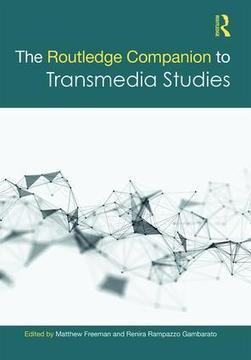

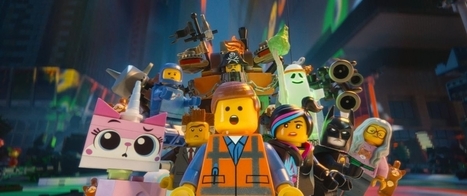



![‘Emma Approved’ Turns Its Plot Into A Real-Life Charity Drive [#Transmedia] | Psychology of Media & Technology | Scoop.it](https://img.scoop.it/nY3Wkp80AlJWfBzhF9UxnDl72eJkfbmt4t8yenImKBVvK0kTmF0xjctABnaLJIm9)





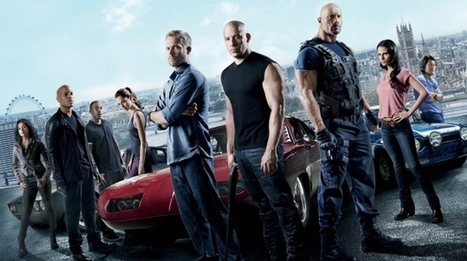



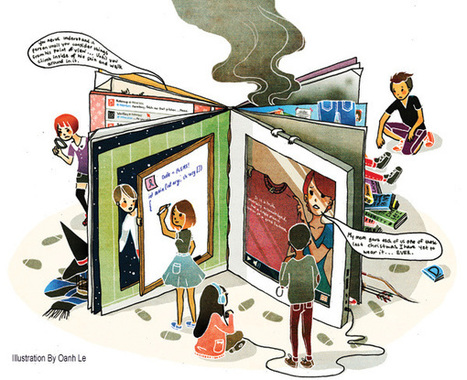

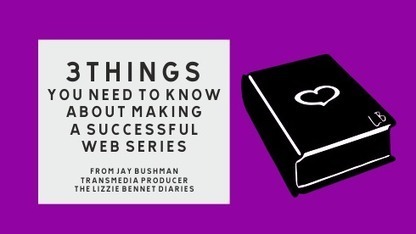
![Stepping up for the win [Pitching Transmedia] | Psychology of Media & Technology | Scoop.it](https://img.scoop.it/6fIlNqb_5MMhbGjXK-643Tl72eJkfbmt4t8yenImKBVvK0kTmF0xjctABnaLJIm9)
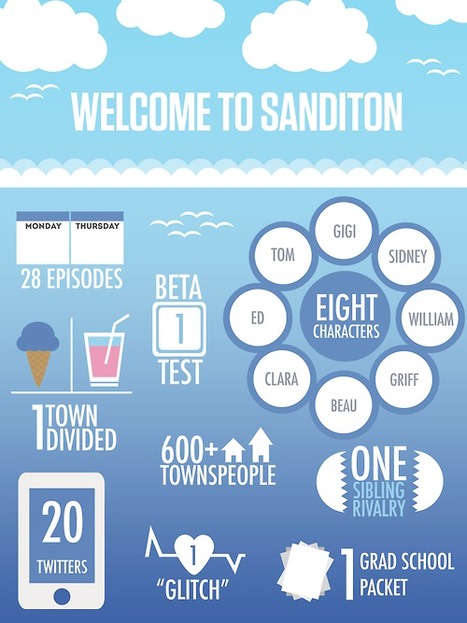
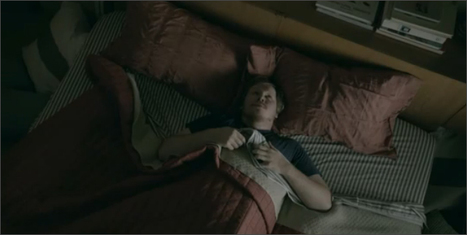






Exciting news! The Routledge Companion to Transmedia Studies has just been published! It is an extraordinary volume of academics and (rock star) practitioners looking at the 'what', 'whys' and 'hows' of transmedia. It's astutely fitting as it takes a 360-degree look at a 360-degree phenomenon by the people who defined the field.